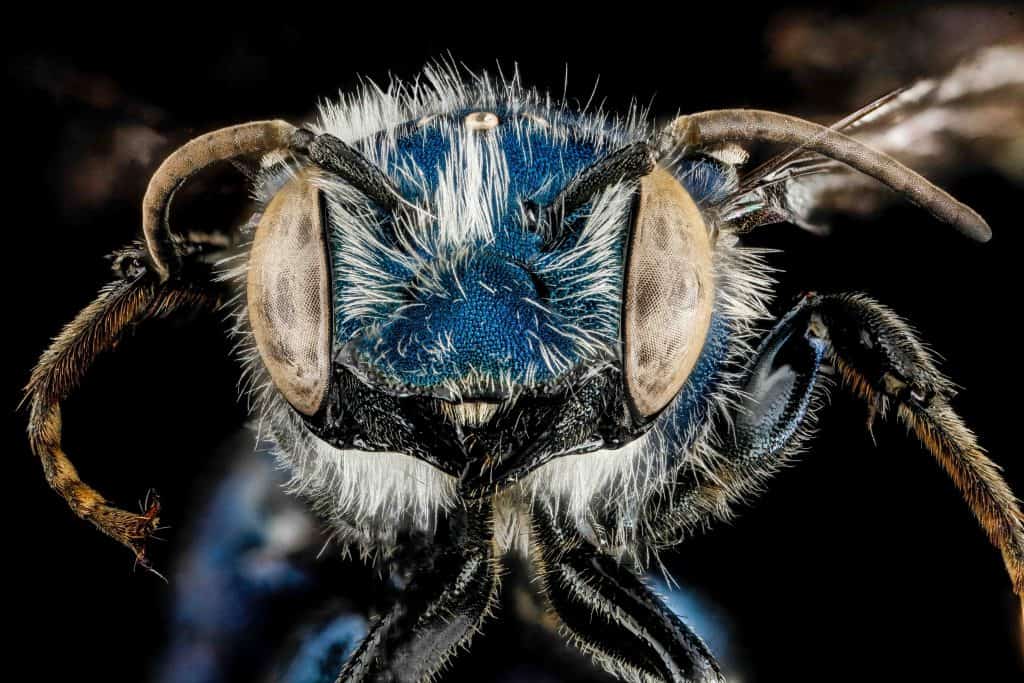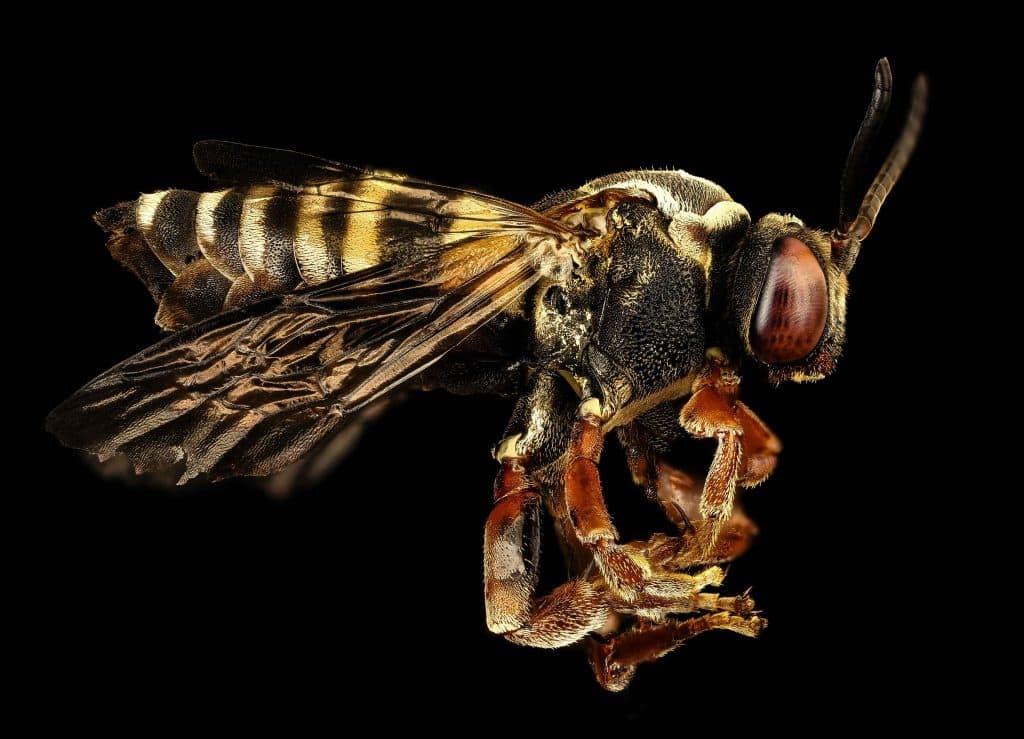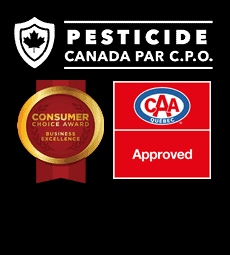HOW TO PREVENT INFESTATIONS
INSECTS AND RODENTS?
PREVENTIVE STEPS TO KEEP INSECTS AWAY FROM YOUR HOME
The principle of integrated pest management is to reduce the negative impacts of certain harmful organisms in an efficient, economical and safe manner. Basically, it's about developing a strategy that will allow us to reduce the population of such organisms to an acceptable level. When a person realizes that pests, such as insects and / or small animals, have been introduced into their home, their first reaction is usually to want to eliminate them completely. However, it must be understood that, in any case, pesticides alone do not usually succeed in completely eradicating the presence of harmful organisms. To do this, we recommend that you establish an integrated pest management program.

PREVENTIVE STEPS TO KEEP INSECTS AWAY FROM YOUR HOME
- Prevention: Prevention ensures a sustainable reduction of pest populations. In the long run, better results are often achieved at a lower cost. If treatment is needed, it will be more effective if preventive measures have already helped to reduce some of the problems caused by pests.
- Identifying pests and knowing the causes of infestation: Accurate identification of the pest is the key to effective pest control. It facilitates the choice of control methods. The main sources of information for identification are:
- Government Publications
- Government pest control expert
- Universities and Colleges
- Diagnostic laboratories
- Representative of pest control products or entities that offer a parasitic control service.
Once the pest is identified, it is important to know its life cycle, behaviour and interaction with its host in order
to determine the causes of infestation.
- Screening and intervention thresholds: To screen for insects or problem animals, install sticky traps or mechanical traps to properly identify the problem before moving on to mechanical, biological or chemical intervention.
- Methods of control: This decision must be made with the following questions in mind:
- Is pest control necessary?
- What is the safest and most effective means of control (or combination of means).
- What is the least toxic or harmful pesticide to non-target organisms and the environment?
- Which pesticide will improve the situation the most in the long run?
- Which pesticide will have the best cost-effectiveness?
- When should the means of control be implemented?
- What are the safety rules for the site and the application?
- Are environmental conditions appropriate to the response method?
- Follow-up and reassessment: It is very important to follow up. It is about recording the information, evaluating the results and taking notes. This way, you’ll be ready to attack the problem if it ever resurfaces.



